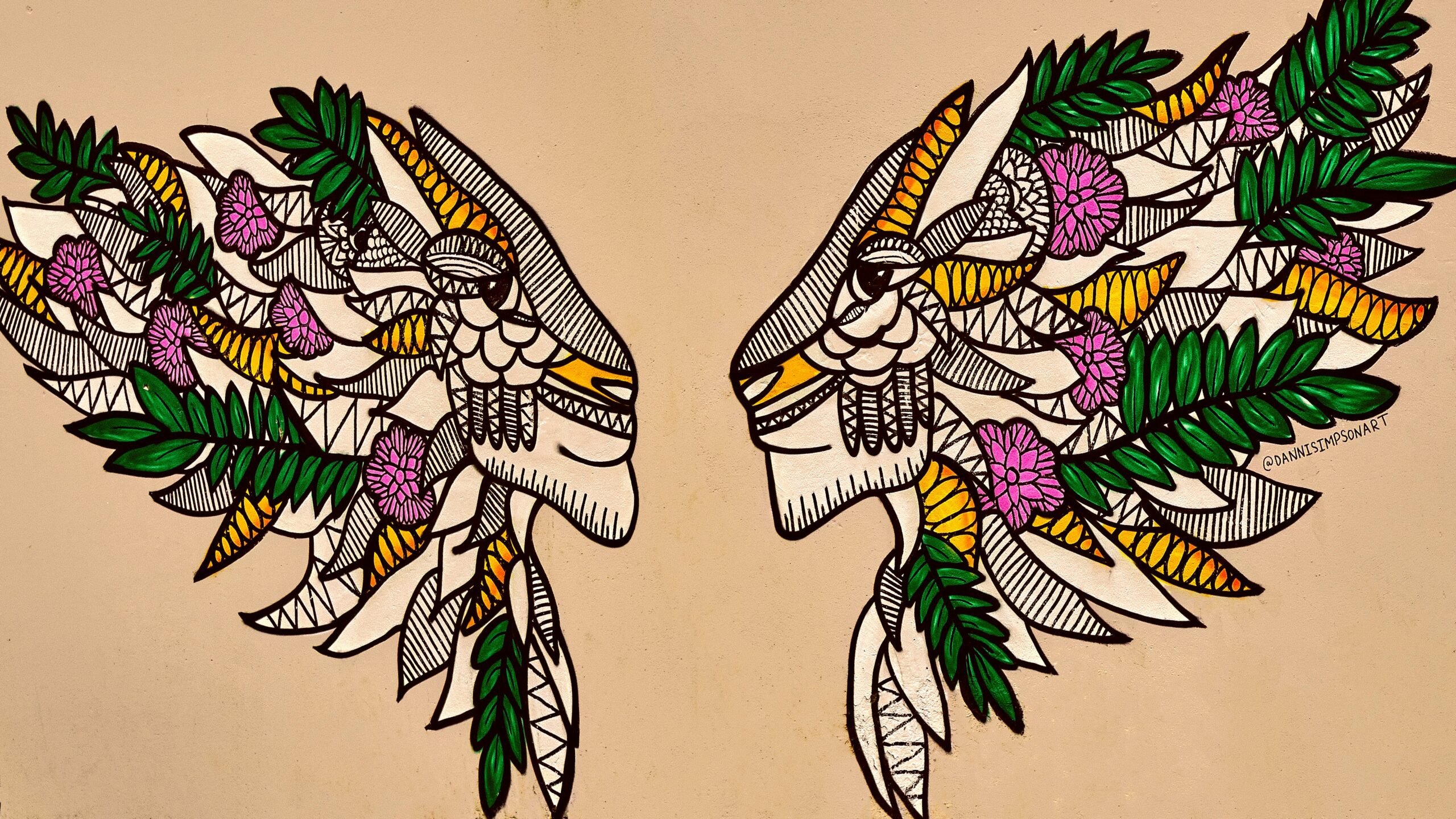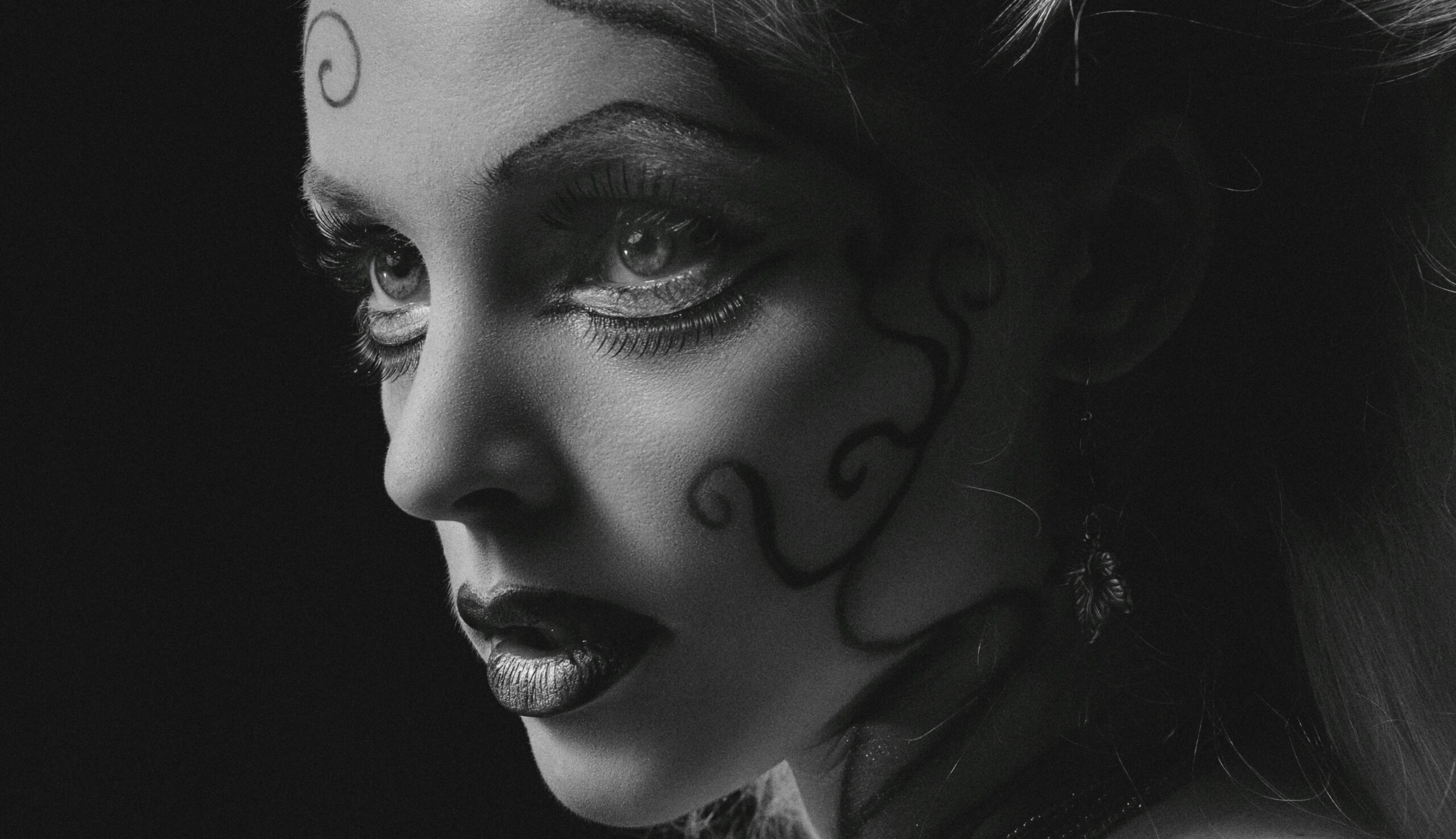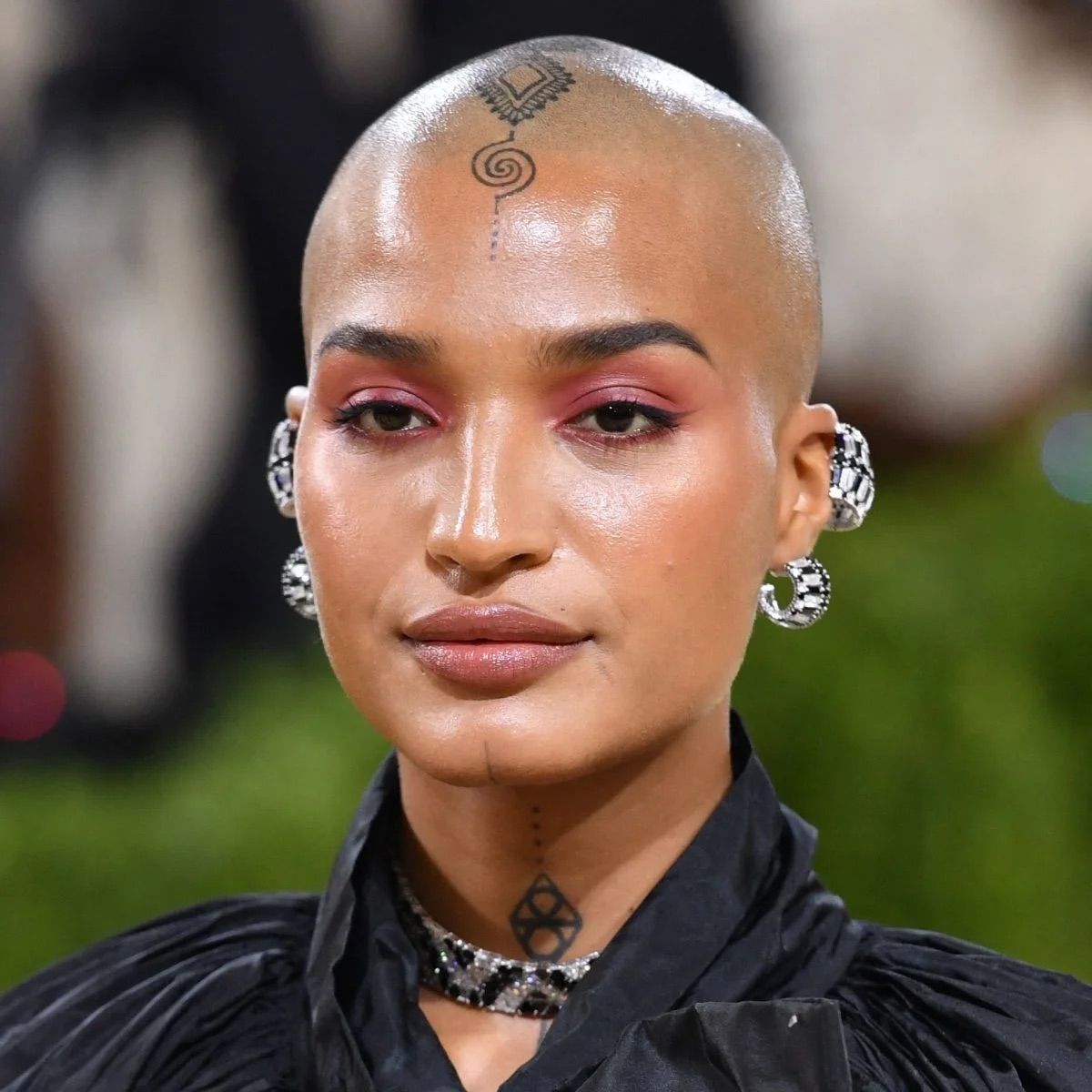Face tattoos are at the center of a cultural shift. Beauty is evolving quickly, and younger generations are embracing bolder forms of self-expression. Makeup trends, nail art, hair colors, and piercings feel almost expected at this point, but face tattoos exist in a different, deeper category. A tiny star under the eye, a short quote by the cheekbone, a minimalist symbol near the temple, all say far more than “I’m following a trend.” These choices become identity-level statements, permanently displayed on the most visible canvas of the body. This is why conversations around face tattoos feel so emotional, layered, and complex.
Part beauty, part lifestyle, part rebellion, and part storytelling, face tattoos mean different things to different people. They may represent memory, individuality, aesthetics, or simply a desire to stand apart. Social media’s pressure to be visually unique also fuels the rise of hyper-visible body art. Yet, as exciting as this movement feels, it also prompts questions about permanence, perception, and personal branding. Face tattoos live right at the intersection of self-expression and societal expectation.
Face tattoos: A trend vs an identity
While fashion trends rotate and hairstyles evolve, a face tattoo is not a fleeting experiment. Anyone considering one steps into a long-term commitment that shapes how others see, treat, or judge them. Gen Z loves to push boundaries, but they also acknowledge that a face tattoo speaks louder than any temporary aesthetic choice.
Influencers and celebrities have helped mainstream the look. Micro-symbols, soft-line designs, and delicate scripts now flood Instagram, TikTok, and Pinterest. The vibe feels artistic and intentional. Still, a face tattoo belongs to a category where intention matters as much as design because it becomes part of a person’s identity story.
A social media-powered rise

TikTok trends move at lightning speed. Once something catches on, it becomes a wave. Face tattoos have entered that cycle. Aesthetics like “angel girl,” “dark feminine,” “alt-clean girl,” and “soft-rebellious” influence how people see themselves. Many experiment with temporary tattoos first; others commit to permanent ones to mark a life moment or evoke a certain visual edge.
Social media also shapes public acceptance. Constant exposure makes face tattoos feel more normal, even beautiful. Yet the stigma hasn’t vanished, especially in professional or conservative spaces. Still, the digital world has softened rules that once felt absolute.
Cultural shifts and personal freedom

Gen Z and younger millennials continue to redefine beauty norms. They care less about fitting into traditional expectations and more about living authentically. For them, the idea is simple: the body tells a story, and that story belongs to its owner. A face tattoo places that narrative front and center.
However, there remains a blurred line between genuine self-expression and decisions influenced by online aesthetics. Some choose face tattoos for deeply personal meaning; others feel nudged by the internet’s demand for constant visual reinvention. The essential question becomes: Are you doing this for yourself or for the algorithm?
The risk factor

Even the smallest face tattoo can shape job opportunities, social interactions, or first impressions. Society is more open-minded now, but far from fully accepting. And the permanence matters. Removal exists, but it’s painful, expensive, and imperfect. This is where the real “fine line” lies: the distance between a momentary trend and a lifelong mark.
Placement adds another layer of consideration. A tiny symbol near the jawline or hairline feels subtle; a central forehead design broadcasts a completely different message. Many tattoo artists recommend starting with temporary tattoos to gauge comfort before committing. Ultimately, the question becomes: Is this a piece of art your future self will still recognize?
The celebrity approval
Celebrities have played a major role in pushing face tattoos into mainstream visibility. As stars share their delicate scripts, tiny symbols, and maximalist designs across red carpets and social media, they transform what once felt extreme into something artistic and almost aspirational. Their influence normalizes the look, giving it cultural legitimacy and encouraging younger fans to see face tattoos not just as rebellion, but as a form of curated self-expression.
A new beauty conversation

Face tattoos push beauty into a new era where the body becomes a canvas for intentional storytelling. People are choosing meaning over conformity, and there is power in that. Still, every aesthetic with permanent consequences requires thoughtful reflection. The excitement of the look must align with the weight of the commitment.
Face tattoos are bold, emotional, expressive, and undeniably risky. They sit right at the crossroads of beauty trend and identity statement. The real conversation isn’t about right or wrong. It’s about clarity, intention, and the freedom to choose art that reflects who you are now, and perhaps who you’ll still be years from today.
Featured image: Chip Somodevilla/Getty Images
—Read also
